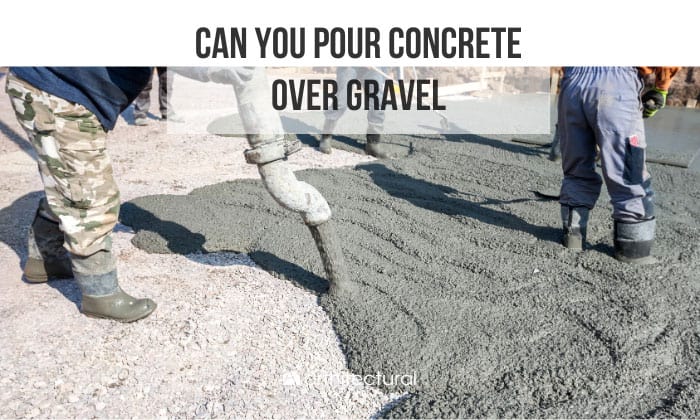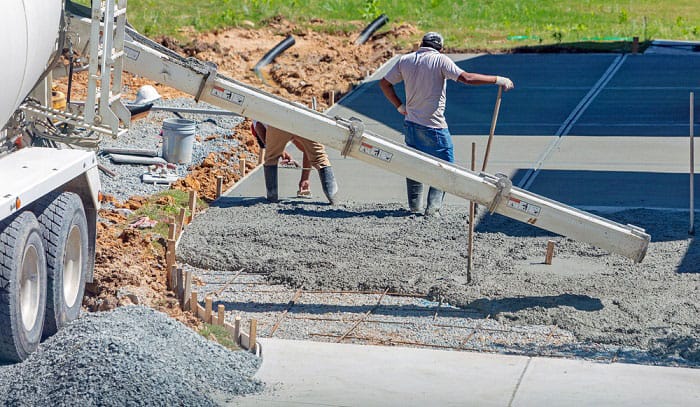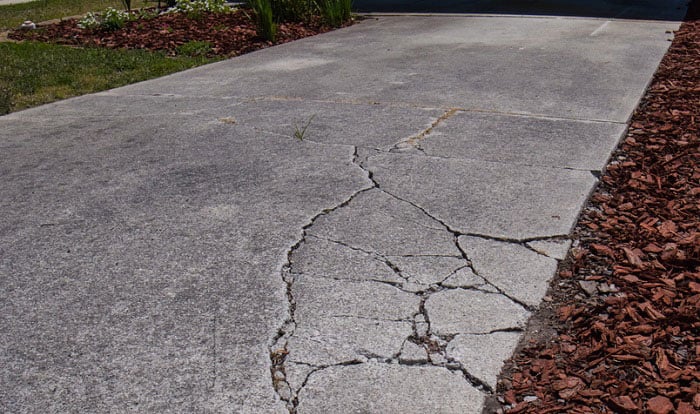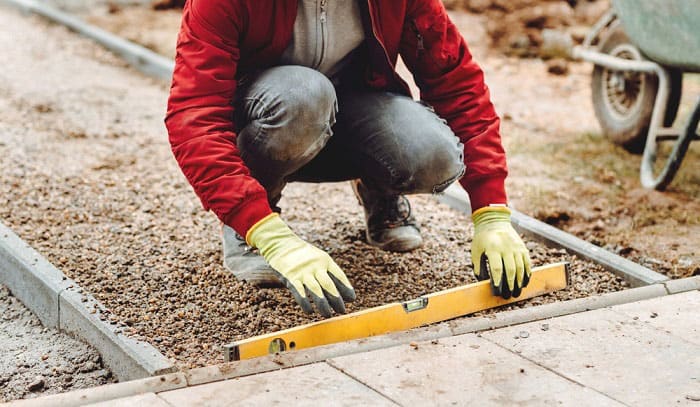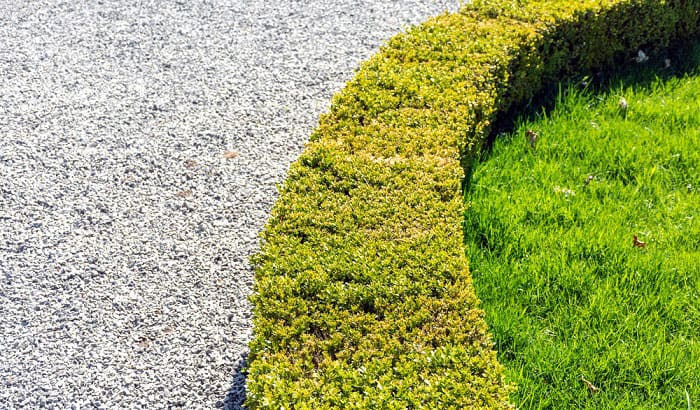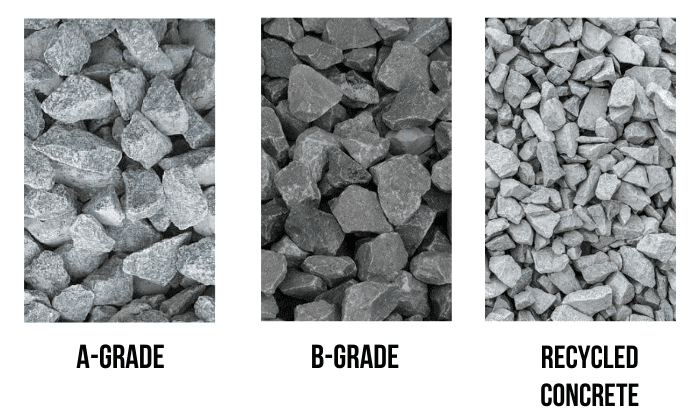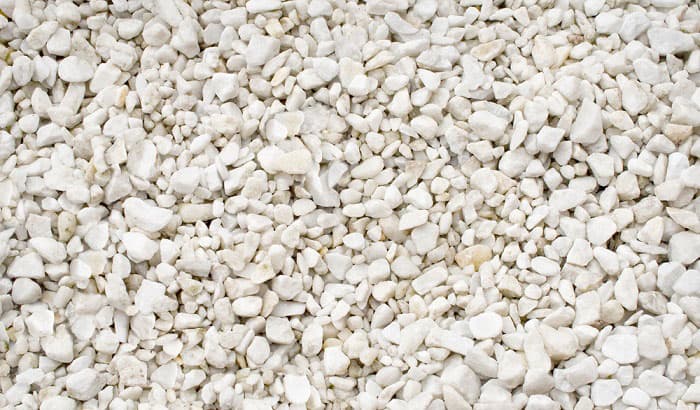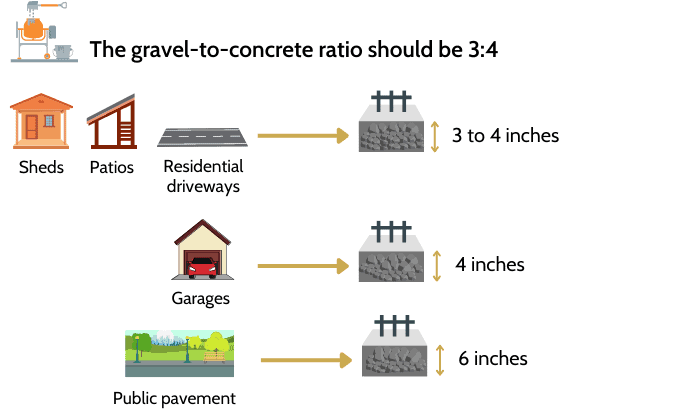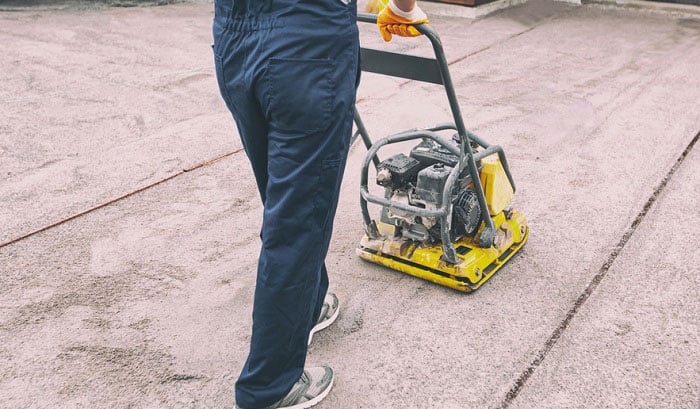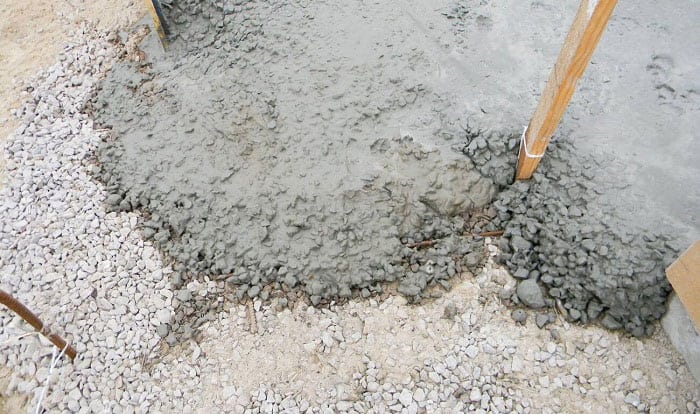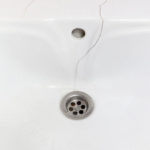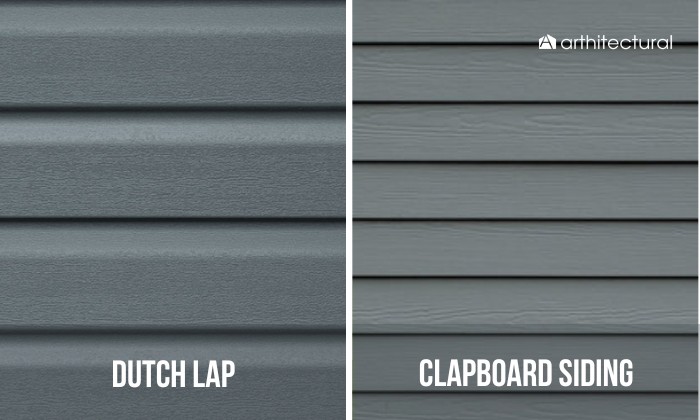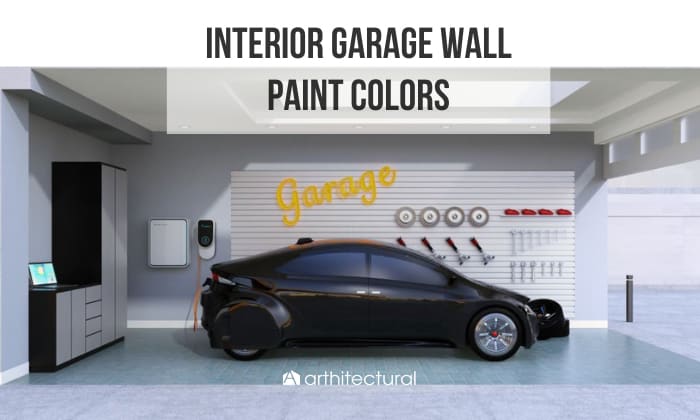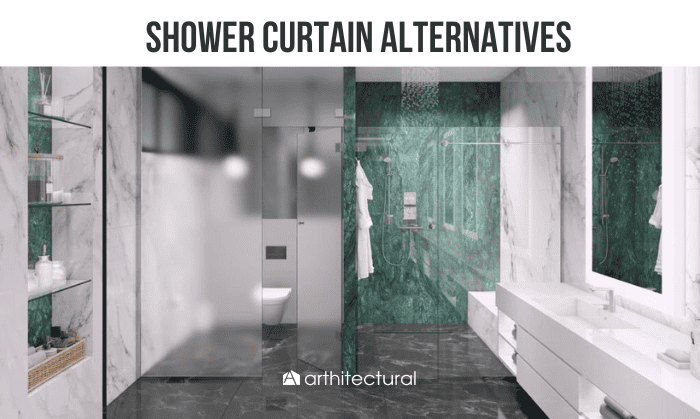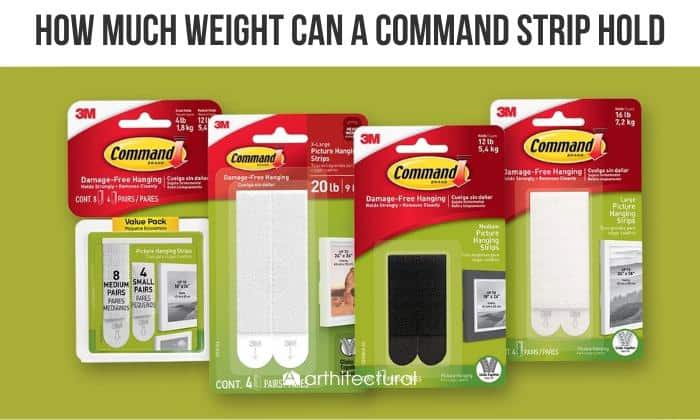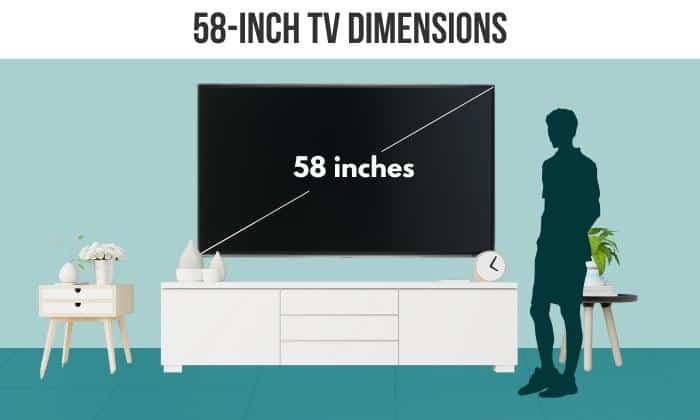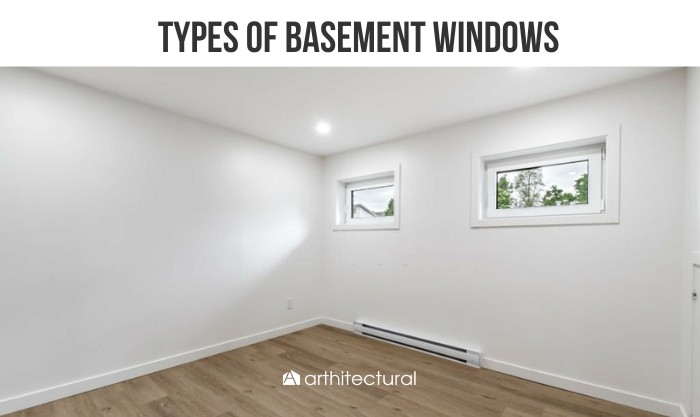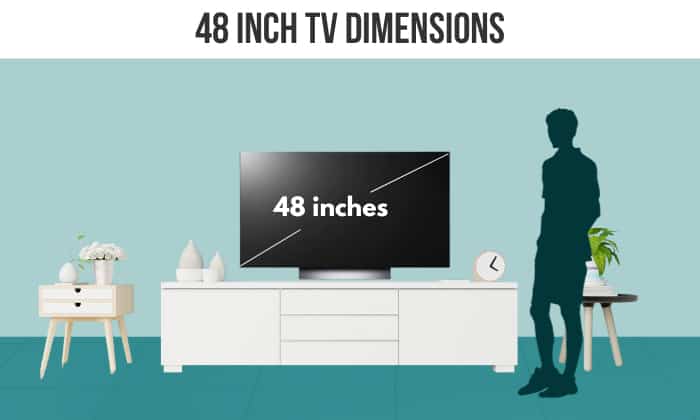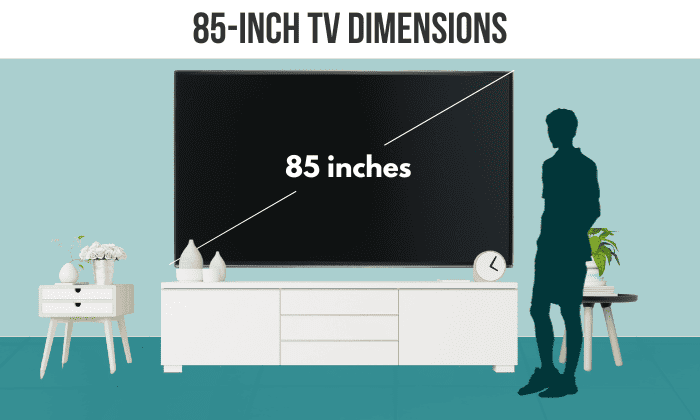When pouring cement over your driveway or yard, it’s natural that you’d expect it to last a long time. However, did you know that directly applying concrete to an exposed surface like that can cause several issues, such as unevenness, ruptures, poor drainage, and even sinking?
Then, can you pour concrete over gravel to circumvent these issues? Here’s the good news: you can pour concrete over rocks, so long as they’re the right types. A few examples are crushed stones, marble chips, pea gravel, etc.
Table of Contents
Is It Possible to Lay Concrete Over Gravel?
Now that we’ve established you can pour cement over gravel, let’s find out why it’s important to have aggregate as the sub-base for concrete slabs. We’ll also help you with finding the right type and size of gravel for your concrete.
1. Why put gravel under concrete?
Is it possible to have no gravel under concrete slab? Unless you use something else as a sub-base, such as sand, the answer is no. So why is gravel necessary under concrete? Read on to find out.
01 Provides an excellent concrete foundationGiven how the ground is prone to shifting, it’ll help to have gravel underneath as the foundation to help minimize the impact of ground soil movement. Plus, the aggregate can keep the roots of nearby plants from damaging the concrete slab’s integrity.
And since gravels can be compacted into a fairly level surface, you’ll have an easier time estimating how much concrete you need for your project. In this case, you can just multiply the length by width and height to know how many cubic feet of cement you require.
02 Ensures proper drainage and acts as a moisture barrierContradictory as these two benefits may sound, wait and hear me out.
The aggregate can ensure that water absorbed by the concrete will drain properly without pooling in one place—this can wash away the soil until there’s a gap underneath your slab. Once this happens, it’ll be challenging to address the issue; and the concrete surface will likely crack or settle.
Even if the water doesn’t wash away the soil, it can still pose an issue if it’s to wick up through the concrete. This can result in mold growth, frost heaving, or cracking.
2. Choosing the right size and texture of gravel
When pouring concrete over gravel, don’t forget to take into account the following factors:
- Steer clear from stones over 1 inch in size. I’d suggest getting those around 0.75 to 1 inch. Should you find this range still a bit too large, it’s okay to downsize it to around 0.4 to 0.5 inch. You can go for either rough or fine gravel. However, a mixture of both would yield better results.
- In any case, make sure the gravel is the washed and screened type. This ensures there are no uneven rock sizes and no medium for water to seep upward into the concrete.
3. Types of gravel you can use under concrete
By now, you’ve likely known that you can’t just use any type of gravel when preparing ground for concrete slab. So, what can you actually use? Below are a few suggestions:
01 Pea gravelOne of the reasons pea gravel is an excellent choice is that it’s around 0.4-inch—within the perfect size range for pouring concrete over pebbles. It’s also easy to work with, as you can just use a rake to evenly spread the gravel for concrete.
To cover one yard with pea gravel, you’ll only need around $55 to $59.
02 Crushed stonesFor those who prefer a wide size range, crushed stones are the perfect option, as they are available in 0.4 to 4 inches. They also come in many subtypes, each for different purposes:
-
- A-grade: best for roadways and long driveways
- B-grade: best for driveways where the weather is dry
- Recycled concrete: best for pathways and can handle wet weather
Compared to pea gravel, crushed stones are slightly cheaper, costing around $51 to $55 per yard.
03 White marble chipsCan be found in sizes from 0.75 to 1.5 inches, these aggregates are very effective in keeping the soil intact. They are versatile in that they can both be used as a sub-base for concrete and landscape decoration. However, keep in mind that they can make your soil more alkaline.
Out of the three types listed here, white marble chips are the most expensive—each yard of this aggravate comes at a price of $180.
4. How much crushed stone under concrete slab?
To achieve the best results, one thing you should pay attention to is how many inches of gravel you layer under concrete. As a general rule, a range between 4 and 12 inches would be best, although there are several factors that affect the ideal number:
- The gravel-to-concrete ratio should be 3:4, so adjust accordingly to how thick you want your concrete to be.
- Local regulations and soil conditions should also be taken into account. For instance, many states require that the concrete slab for patios must have a thickness of at least 5 inches.
- The intended use for the concrete slab has a say when it comes to the gravel thickness, as you can see below:
- Minimum thickness for sheds, patios, and residential driveways: 3 to 4 inches
- Minimum thickness for garages: 4 inches
- Minimum thickness for public pavement: 6 inches
Tips to Pack Down Gravel Before Pouring Concrete
Do you need to compact the aggregate before you pour concrete over pea gravel? To answer your question—yes, as this will minimize the chance of the gravel shifting, which can cause cracks just like drastic soil settling.
Here are a few tips to help you properly compact pea gravel under concrete slab for your dream driveway or concrete and rock patio:
- For a driveway or pathway construction, preparation is very important—you can’t just haphazardly dump aggregate onto the soil. You must dig the site first so the center will slightly slope to two sides for better drainage.
Afterward, compact the soil by watering it, followed by a plate compactor.
- Regardless of how much crushed stone under concrete slab you plan to have, you should only spread a 2-inch layer at a time. A rake would come in handy for spreading the aggregate.
- When you’ve covered the ground with gravel, don’t forget to see if the site is level with a carpenter or laser
- Don’t wash the gravel before you pour it onto the soil. This step should only be done when you’re satisfied that the aggregate layer is indeed level. Even then, you should only mist the surface until the dust settles.
Another occasion where it’s okay to wet the gravel is when compacting it stirs up too much dust.
- You can use either a plate compactor or a hand tamper to compact the gravel, although the former is more suitable for the job, especially if you’re tackling a large area. The only downside to a plate compactor is its noisiness.
- Before pouring concrete over rocks, don’t forget to check the site’s levelness again.
Frequently Asked Questions
How thin can you pour concrete over gravel?
As the concrete layer thickens in proportion with the gravel, it depends on the type of soil and the specific project you’re working with. For instance, you can’t go any lower than 6 inches for public pavements where trucks frequent. In contrast, your garage concrete floor will do just fine with 4 inches of gravel underneath.
In any case, the concrete layer must never be thinner than 2 inches.
Should I pour concrete on sand or gravel?
Between sand and gravel, the latter is better as a concrete sub-base, especially for concrete driveways. This is because gravel is sturdier and has better load-bearing. As a result, it doesn’t require a thick concrete layer like a sand sub-base would.
Another reason that sand is not as ideal as gravel lies in how tricky it is to pour concrete onto the material without disturbing the surface.
How do I stabilize gravel?
By compacting the gravel, you’re already stabilizing it in a sense. Increasing the aggregate’s depth and installing a border to keep it in place is also recommended.
Another way to pour concrete over gravel driveway without disturbing the aggregate’s surface is installing stabilizing grids, which will keep the gravel in place.
If you don’t plan to pour concrete over gravel, a store-bought pour-on gravel binder can help stabilize the aggregate without compromising its beauty. The solution is still porous, so you don’t have to worry about water logging.
Conclusion
So, can you pour concrete over gravel?” To sum things up—yes. In fact, you’re recommended to do so in order to ensure your concrete base will last for years to come—up to half a century if well-maintained. Otherwise, be prepared to refill the concrete slab every few years.
Did we answer your question? Is there anything you’re still unclear about? If so, be sure to leave a comment below so we can get back to you.

Hi, I am Roseanne Jones, an aspiring home designer that wants to make you feel more at home with your new house.With nearly five years of redecorating old residents and arranging new ones, I am confident that I can give you the best advice on your lovely place.


